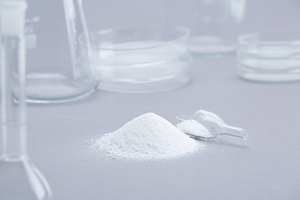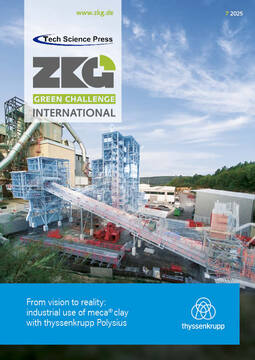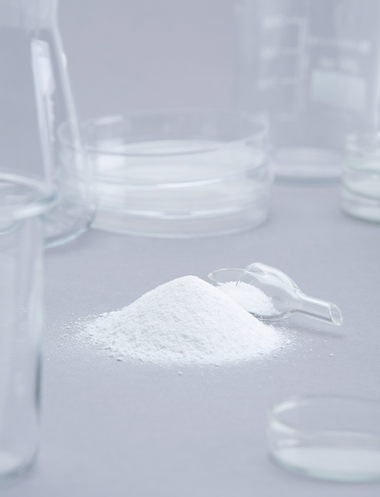The relevance of LCA and EPD for hydrophobing agents
The oleochemical industry is rooted in renewable raw materials such as natural oils and fats, making it one of the oldest contributors to the European bioeconomy. By offering products that are both high-performing and bio-based, oleochemicals support the global transition to a sustainable and circular economy. In line with this, we are committed to developing environmentally friendly, long-lasting solutions tailored to the needs of multiple industries – including the construction sector.
Within the construction industry, there is growing demand for sustainable materials and transparent environmental information. Hydrophobing agents are essential additives for many construction materials and must now meet both performance and sustainability criteria. Oleochemical-based hydrophobing agents such as metal soaps, alkaline soaps or combination products represent a robust, green alternative to conventional solutions. Derived from renewable feedstocks, these bio-based materials do not contribute to additional fossil carbon in the atmosphere. They are readily biodegradable, environmentally compatible, and demonstrate strong long-term hydrophobic performance.
However, in the context of the urgent climate crisis, offering bio-based alternatives is not enough. It has become essential to quantify the environmental benefits of these products and identify opportunities for further improvement. Life Cycle Assessment (LCA) has emerged as a vital tool in this effort. A detailed LCA provides a comprehensive evaluation of a product‘s environmental impact across its entire value chain – from raw material extraction to end-of-life disposal. This allows us to pinpoint emission hotspots, identify the most effective levers for carbon reduction, and enable comparisons with fossil-based or alternative products on a scientifically sound basis.
By integrating LCA into our product development and sustainability strategies, we can make informed decisions and track progress more effectively. The insights gained also support our customers in addressing their own sustainability goals and Scope 3 emissions.
Building on this knowledge, we have created our first Environmental Product Declaration (EPD) for a hydrophobing agent. This third-party verified document provides transparent, standardized information about the product’s environmental performance throughout its life cycle. Therefore, it helps our customers to meet regulatory and voluntary requirements for environmental transparency and sustainable procurement.
To further improve our service and scale up our environmental transparency efforts, we take the next step: We are currently testing a digital solution to generate EPDs across our entire construction product portfolio. This software tool automates key aspects of the EPD creation process – including life cycle data management, environmental impact modeling, and formatting according to international standards. It will help us to drastically reduce the time needed to generate high-quality, third-party verifiable EPDs and enable us to provide EPDs for a wide range of products with reduced effort and time. This not only increases internal efficiency, but also supports our customers in accessing verified environmental data and making responsible choices.
Sustainability is a continuous journey that requires the commitment of all actors along the value chain. As we continue our path toward net-zero emissions, aligned with the Science Based Targets initiative (SBTi), we see LCAs and EPDs as critical tools – advancing transparency, driving impact, and strengthening the role of oleochemistry in building a more sustainable future. Together, we can meet the Green Challenge.








